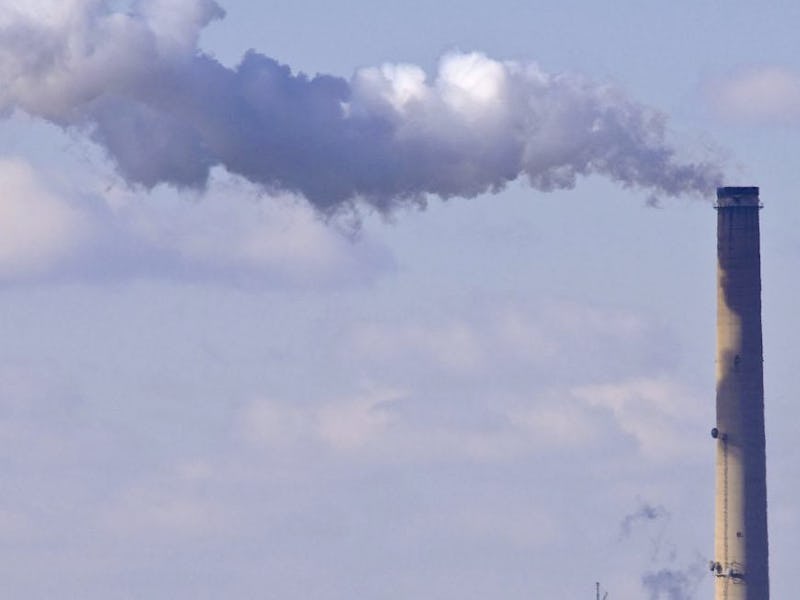NASA Says Their Satellite Has Found Unreported Toxic Pollution
NASA and a team of scientists have located 39 unreported and major human-made sources of toxic sulfur dioxide emissions, says a new report

Today in human disappointment, NASA released an all-new report that says a new satellite has detected a huge group of unreported, human-made sources of toxic air pollution. Scientists at NASA, Environment and Climate Change Canada, and two universities conducted the investigation, which found sulfur dioxide (SO2) emissions being created by 39 previously unreported sources.
SO2 is one of six air pollutants regulated by the U.S. Environmental Protection Agency, and is known to help cause acid rain and a number of health hazards. The research was conducted to help scientists further their studies by developing comprehensive and accurate inventories. Among the sources on the list are clusters of coal-burning power plants, smelters, oil and gas operations found in the Middle East, Mexico, and parts of Russia. In total, the newly-discovered emissions account for roughly 12 percent of all human-made emissions of sulfur dioxide. Yikes.
Chris McLinden, an atmospheric scientist with Environment and Climate Change Canada in Toronto, explained what the new findings mean:
We now have an independent measurement of these emission sources that does not rely on what was known or thought known. When you look at a satellite picture of sulfur dioxide, you end up with it appearing as hotspots – bull’s-eyes, in effect — which makes the estimates of emissions easier.
Along with the new discoveries, the team also managed to locate 75 natural sources of sulfur dioxide, primarily from non-erupting volcanoes that leaked emissions throughout the year. The advantages of the satellite were gigantic, says Bryan Duncan, an atmospheric scientist at Goddard:
The unique advantage of satellite data is spatial coverage. This paper is the perfect demonstration of how new and improved satellite datasets, coupled with new and improved data analysis techniques, allow us to identify even smaller pollutant sources and to quantify these emissions over the globe.
The information can be used to shut down illegal emissions throughout the globe, and help clear air pollution for future generations.